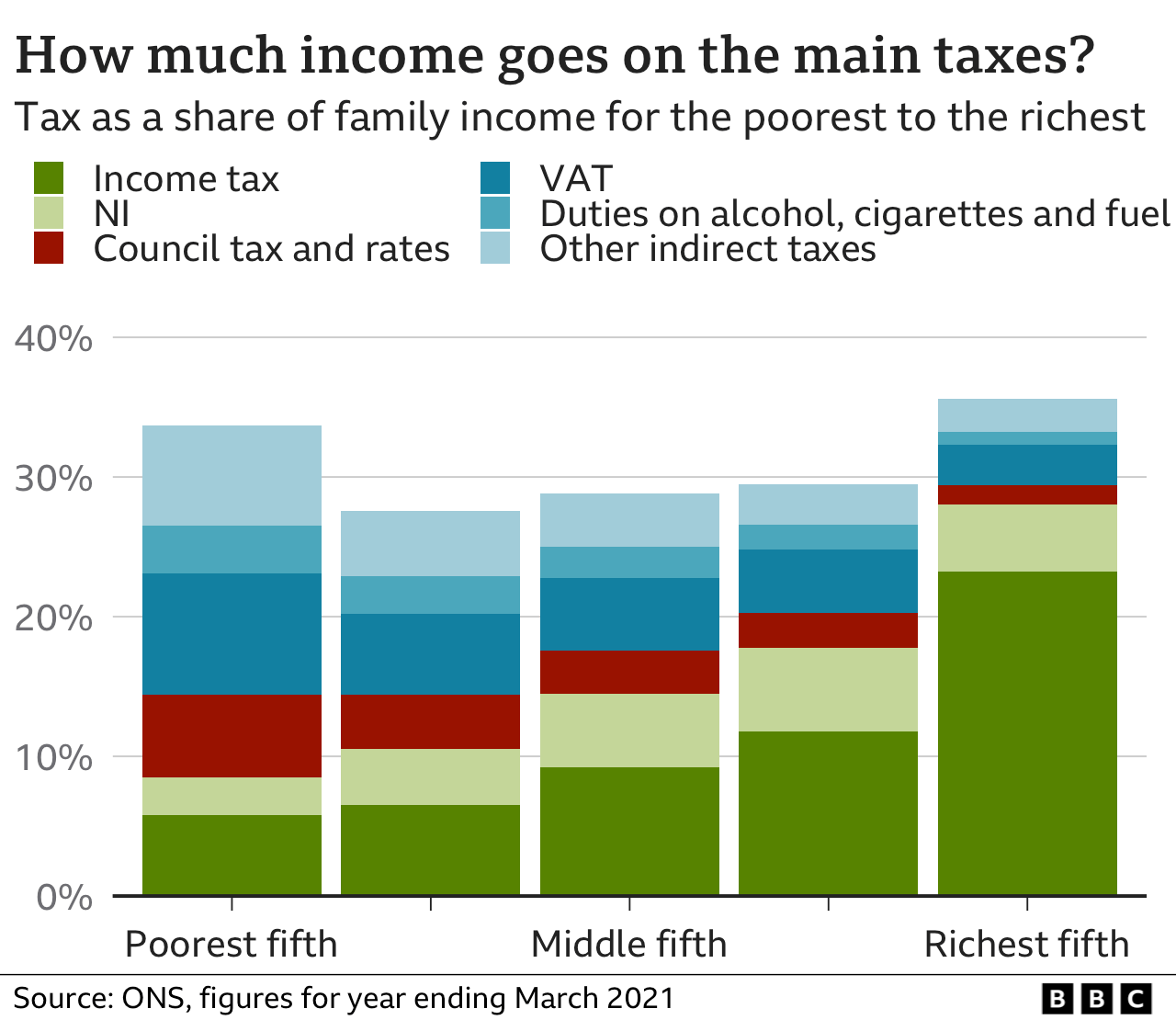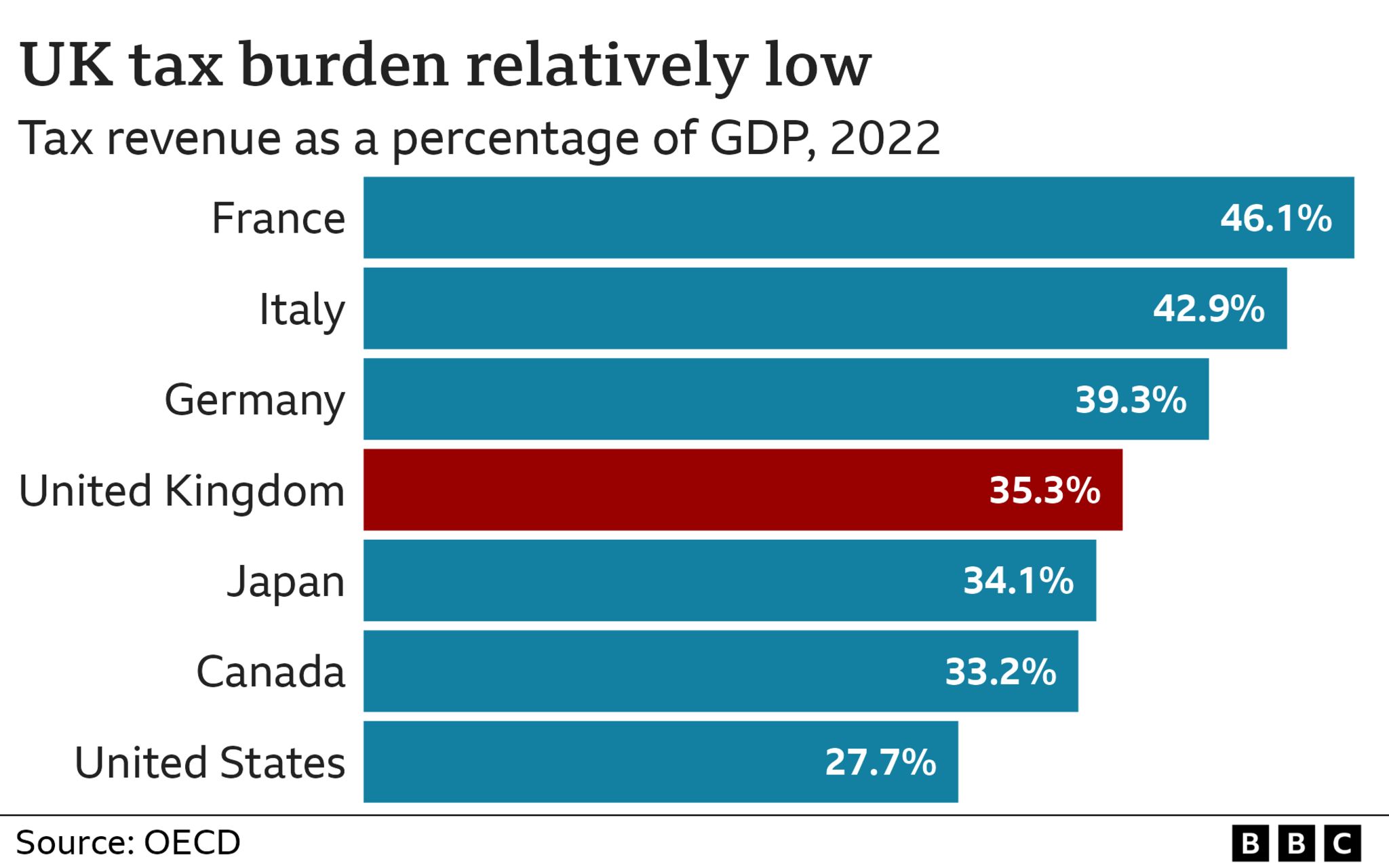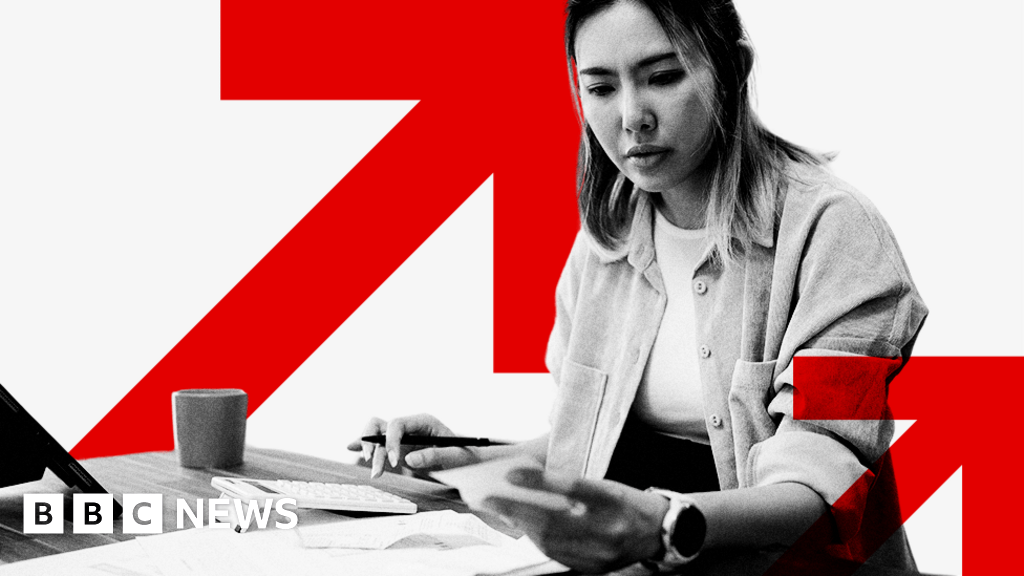The government announced a further 2p cut to National Insurance (NI) in the Budget. However, it is not changing income tax rates.
Previous changes to tax rules mean the amount of tax people pay overall is rising.
How much will a 2p National Insurance cut save me?
Chancellor Jeremy Hunt announced the starting rate for NI will change from 10% to 8%, for 27 million workers, from April 2024.
He says this is worth £450 a year to an employee on an average salary of £35,000.
He is also cutting NI for two million self-employed workers. Their rate will fall from 8% to 6%.
The government says the cut is worth £350 to a self-employed person earning £28,200.
What National Insurance changes had already been announced?
The government says that when combined with the latest cut, a worker on £35,000 will save £900 a year.
From the same date, they will no longer pay a separate category of NI called Class 2 contributions.
When combined with the cut to 6% announced in the Budget, the government says they will save £650.
NI on income and profits above £50,270 remains at 2%.
NI rates apply across the UK. It is not paid by people over state pension age, even if they are working.
Why are millions paying more tax?
Millions of people will pay hundreds of pounds more in tax because of changes to the tax thresholds. These are the income levels at which people start paying income tax, or have to pay higher rates.
Freezing the thresholds means that more people start paying tax and NI as their wages increase, and more people pay higher rates.

What are the current income-tax rates?
Income tax is paid on earnings from employment and profits from self-employment during the tax year, which runs from 6 April to 5 April the following year.
The Basic rate is 20% and is paid on annual earnings between £12,571 and £50,270.
The Higher rate is 40%, and is paid on earnings between £50,271 and £125,140.
Once you earn more than £100,000, you also start losing your tax-free personal allowance.
You lose £1 of your personal allowance for every £2 that your income goes above £100,000.
Anyone earning more than £125,140 a year no longer has any tax-free personal allowance.
The additional rate of income tax is 45%, and is paid on all earnings above £125,140 a year.
These apply in England, Wales and Northern Ireland.
Who pays most in income tax?
For most families, income tax is the single biggest tax they pay.
But for less well-off households, a greater share of family income goes on taxes on spending, known as indirect taxes.
For the poorest fifth of households, VAT is the biggest single tax paid.


How do UK taxes compare with other countries like France and Germany?
In 2022 – the most recent year for which international comparisons can be made – that figure was 35.3%.
That puts the UK right in the middle of the G7 group of big economies.


France, Italy and Germany tax more; Canada, Japan and the US tax less.
However, overall taxation in the UK is high compared with historical rates.
In its assessment of the 2024 Budget, the OBR said the government will collect 37.1p of every pound generated in the economy in 2028/29.
That will be the highest level in 80 years.


Please include a contact number if you are willing to speak to a BBC journalist. You can also get in touch in the following ways:
If you are reading this page and can’t see the form you will need to visit the mobile version of the BBC website to submit your question or comment or you can email us at HaveYourSay@bbc.co.uk. Please include your name, age and location with any submission.

